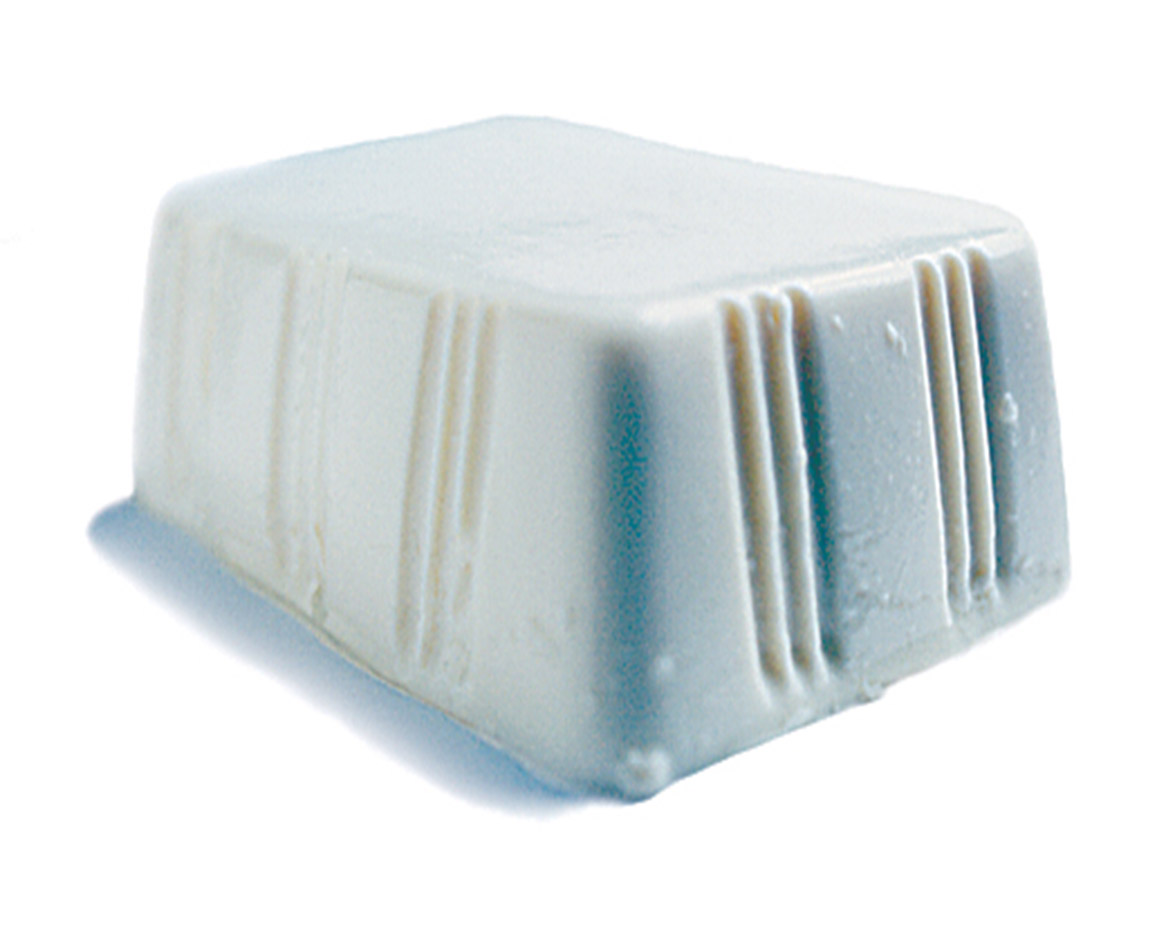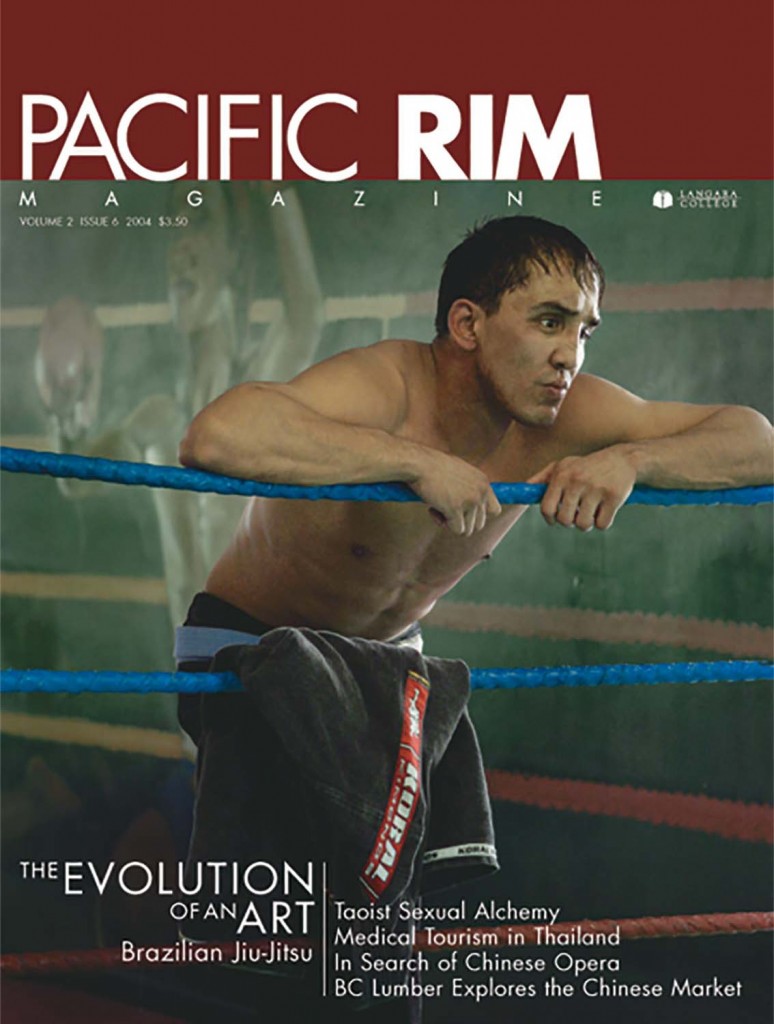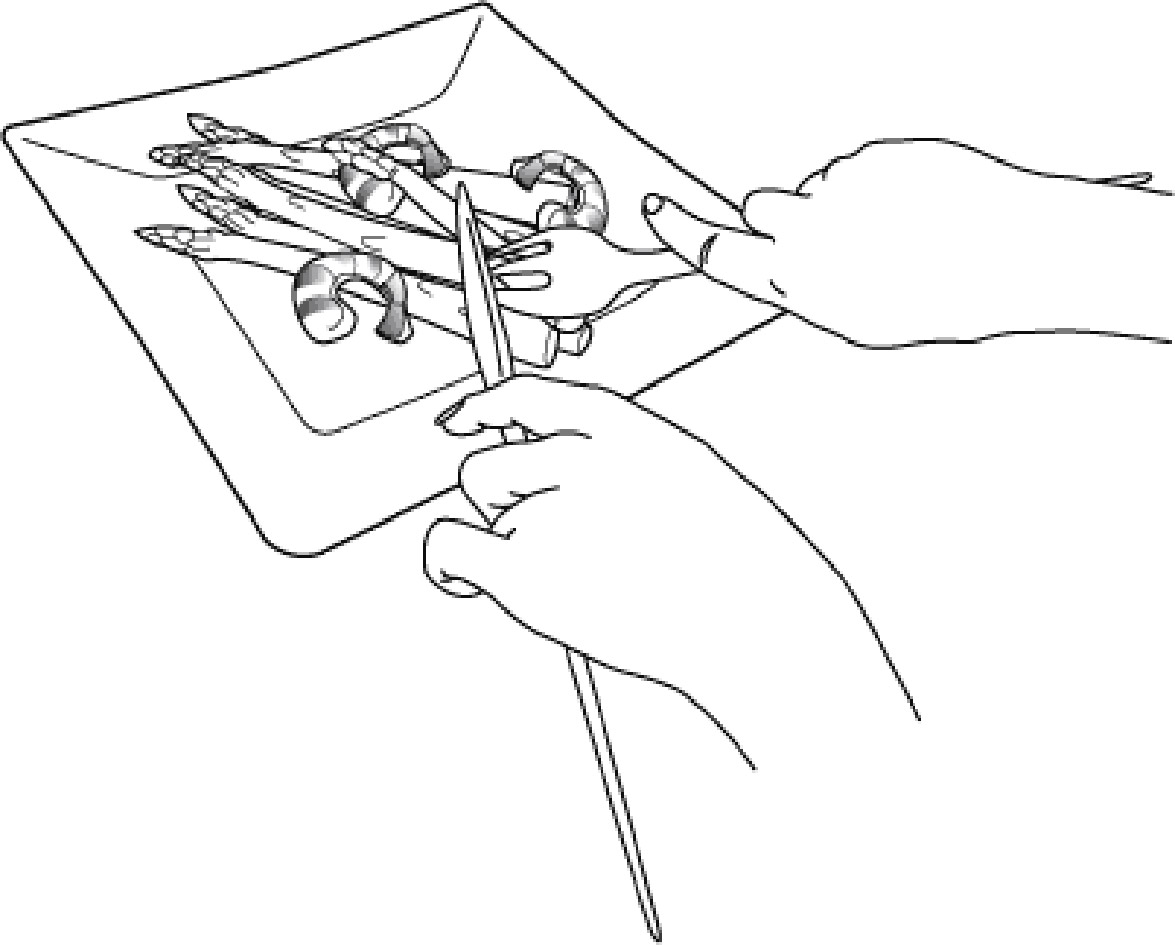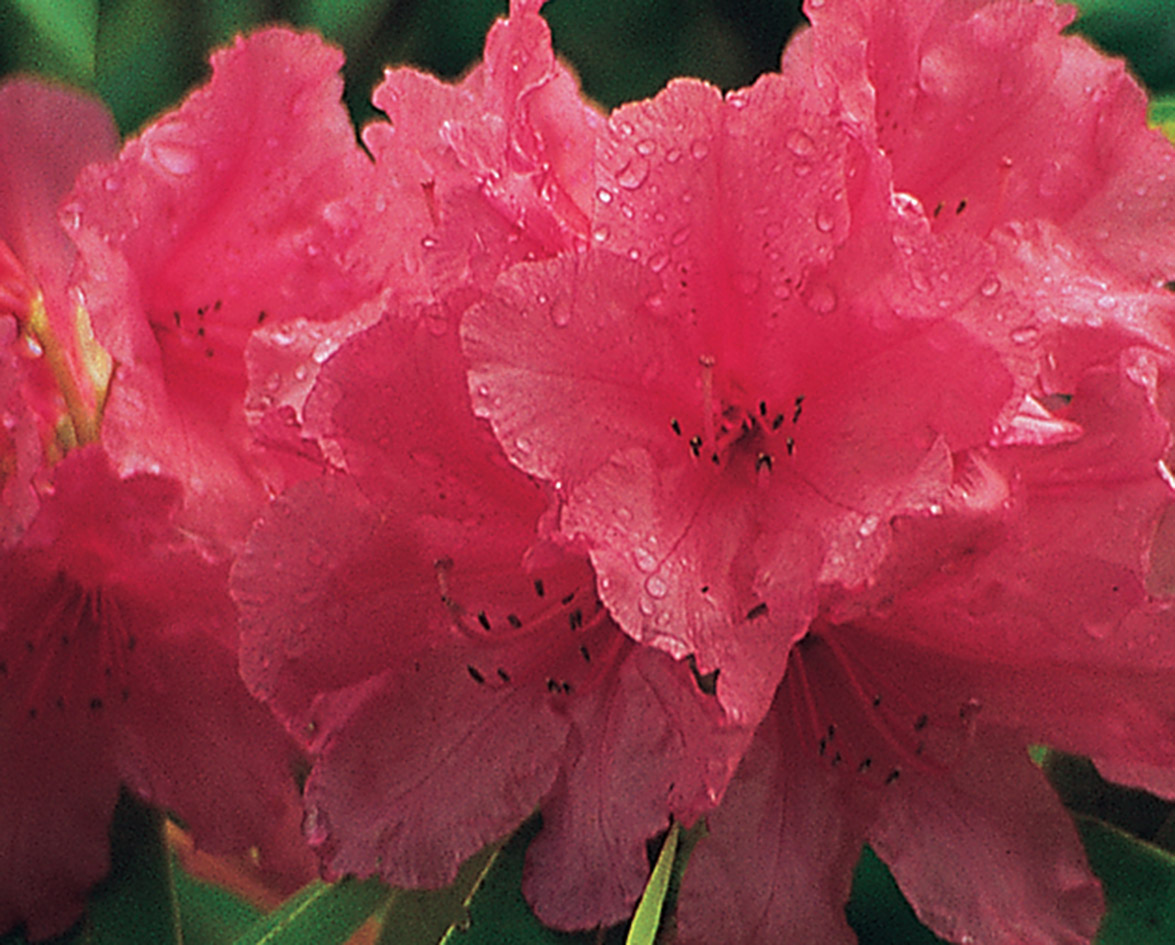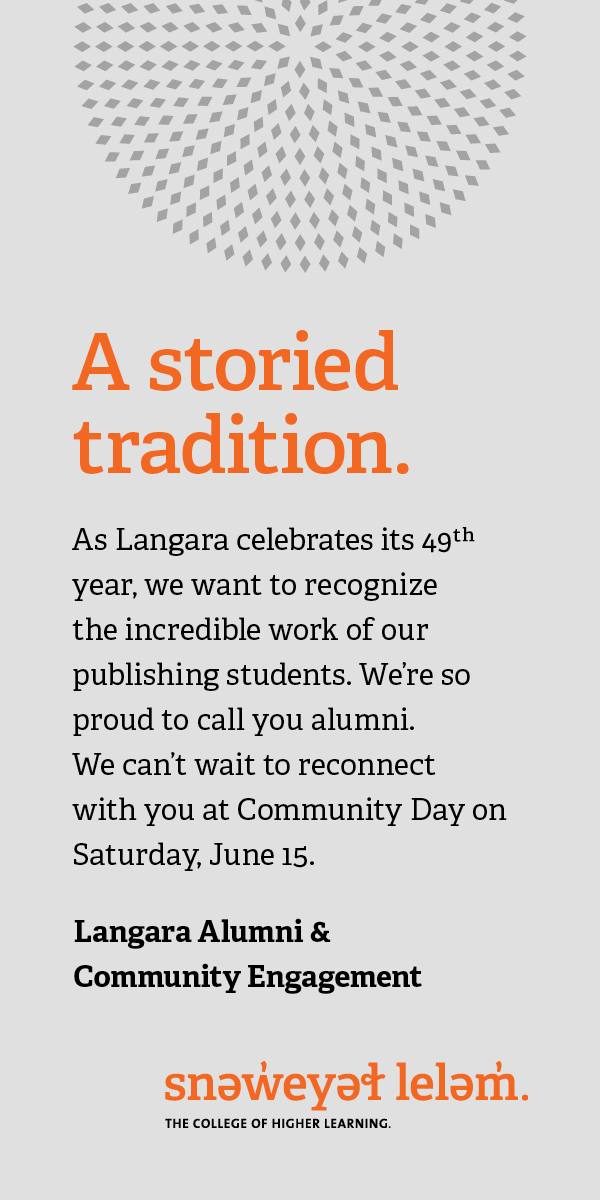A little green plant pushes its way out of the soil. Slowly, it strengthens and unfurls its body, stretching itself out. A pod grows. Inside: a row of small beans. Seemingly innocent and weak, these little beans are nothing of the sort. With a background in agriculture and industry, and a future in health, the soybean’s prospects seem limitless.
The mere presence of the little beans gives strength to your listless body. You feel richer in protein and thoroughly nourished. You suddenly feel invincible. Heart disease and osteoporosis, once paranoid nightmares, become laughable threats. You feel the energy of 5,000 years of Asian culinary commitment surge through your veins. From your fingertips, you can now summon calcium, magnesium, iron and yes, even riboflavin. You have left humanity behind and have transcended into the world of soy.
Soy’s Humble Beginnings
Soybeans originated in Asia, where they began to produce soy as early as 200 BC. It was first cultivated in China’s Yellow River Valley, geographically similar to the Fraser Valley. The bean remained an Asian secret until the 1700s when American trading ships returned from China, bringing soybeans with them. Yet, it wasn’t until the mid 1800s, when various government offices began to distribute soy seeds to farmers, that soy truly began its North American dissemination. However, soy wasn’t being promoted as the new health food—it was promoted as a forage crop for feeding livestock.
You have left humanity behind and have transcended into the world of soy.
While scientists had been continuously testing and experimenting with the crop in the late 1800s, it wasn’t until the bean attracted the attention of Henry Ford in 1928 that the public began to take notice. Ford had become increasingly interested in the possibilities of chemurgy (organic raw material changed into chemical products), which saw the development of new industrial products. Between 1932 and 1933, Ford planted 300 varieties of soybeans on some 8,000 acres of his farms, urging Michigan farmers to follow suit. By the end of 1940, the Ford Motor Company was using soy-derived materials to create horn buttons, gearshift knobs, door handles, window trims, accelerator pedals and timing gears. It was also an ingredient in many of their paints.
Up until then, soy was typically used in traditional Asian foods. Today, soy is found in just about everything from ice cream, to hot dogs, to cereal. Orders and sales of grocery store soy products are increasing at a rate of 15 to 20 per cent annually. Why the rapid growth? Along with yoga and gym memberships, the increased popularity of soy products is directly linked with the public’s growing concern for personal health, and nothing has caught their attention like tofu, the traditional soy product. This product, once widely considered to be ‘hippie food,’ is now finding a place beside meat and dairy products in the average Canadian’s diet.
Selling Soy To An Unwilling Populace
One of the leaders in this new generation of health food products is Sunrise Soya Foods. Leslie Joe, the ambitious entrepreneur behind the company, started the business by selling homemade tofu out of the back of his small grocery store in Vancouver’s Japantown in 1956. By the 1970s, Leslie’s tofu was beginning to appear in local health food stores across the Lower Mainland. By the 1980s, it was on the shelves of grocery stores throughout the country. A state-of-the-art processing plant was built, greatly increasing the production of the ‘homemade’ tofu. Today, Sunrise Soya Foods has risen to become the largest tofu manufacturer in Canada and the third largest in North America. The man now running the show is
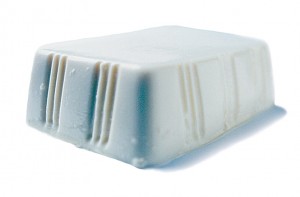
Leslie’s son, Peter Joe.
While Peter may not admit it, he has made the world a better place for soy. Hundreds of years of misunderstanding and obscurity have made soy foods a difficult sell. Regardless of the positive press and nutritional information, many people still believe that soy and tofu are not worth their time. A quick search on the Internet will bring up pages of people denouncing it. So how do you sell products to an unwilling populace?
“We find that the best way to sell the product is to educate the public,” Peter explains. In fact, Peter has lent his name to a new line of tofu called Pete’s Tofu, which grew out of Sunrise’s research and development department. The new line’s motto: Taking the guesswork out of tofu. The entire line aims to counter excuses to not eat tofu. Don’t like the taste? Pete’s Tofu comes in a variety of flavours. Don’t know how to prepare it? Just look on the back of the package for some quick and easy recipes. Pete’s Tofu has an answer for every question and is on a mission to make even the most hard-boiled meat junkie a soy convert.
From ancient and humble roots, the little bean has kept up with the times and increased its popularity, changing its product, its clientele and even its look.





